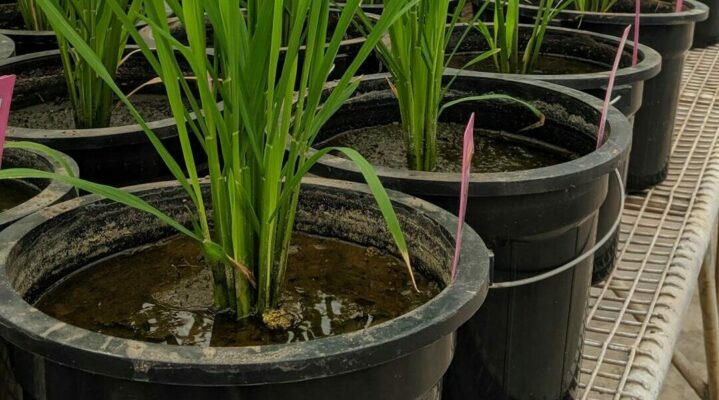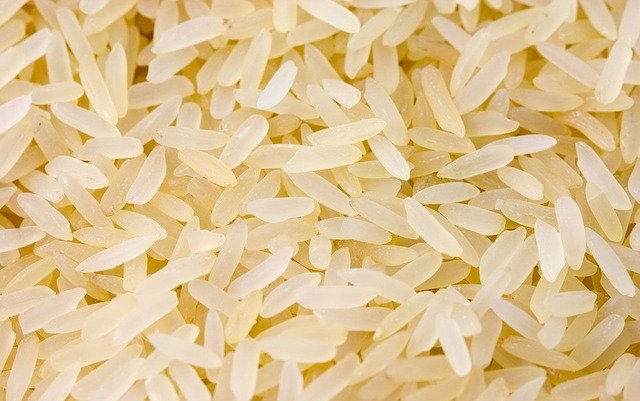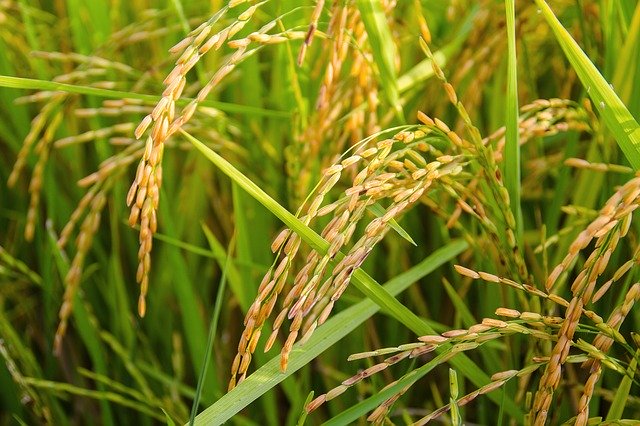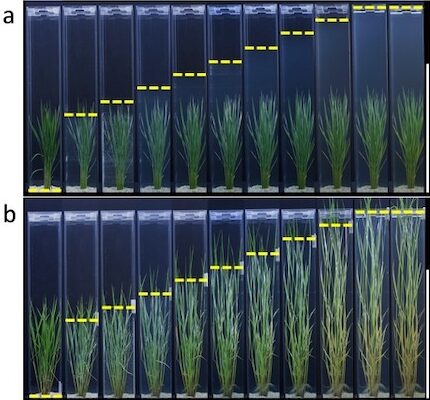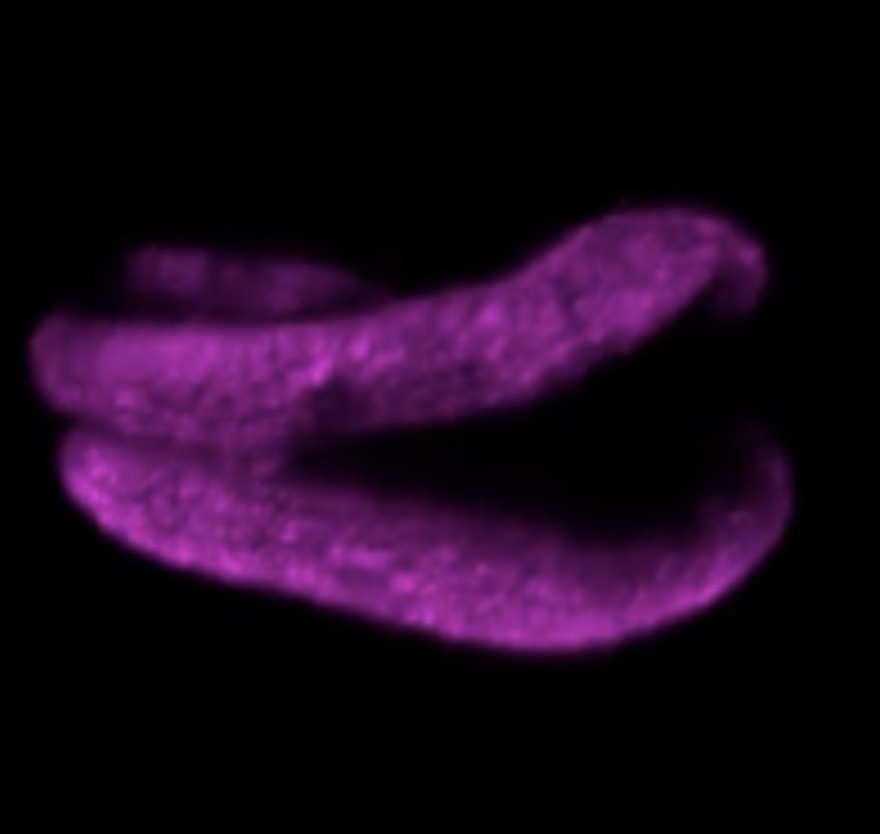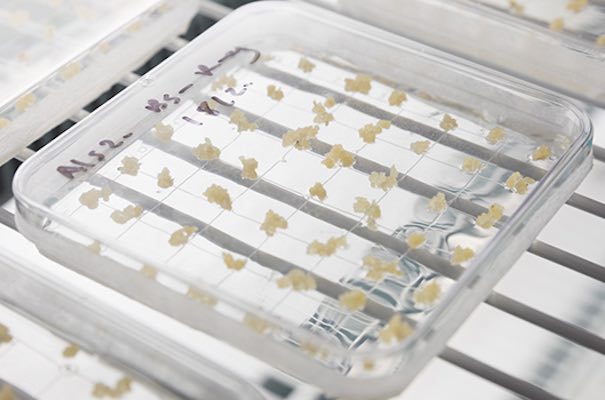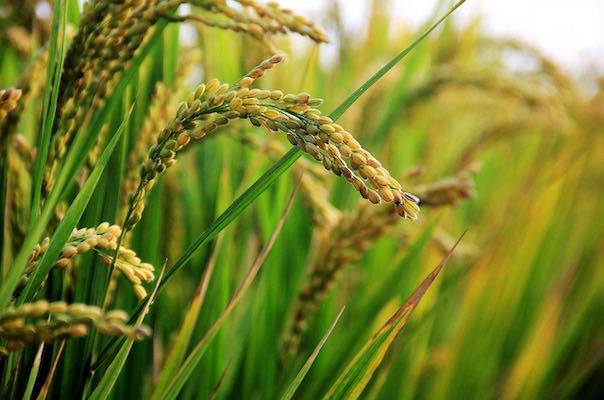
Traditional fertilization practices and over simplified nutrient recommendations are directly tied to Nepal’s declining rice yields; researchers have introduced a promising new tool that is bridging the productivity gap through a more precise, farmer-participatory approach.
Read More



